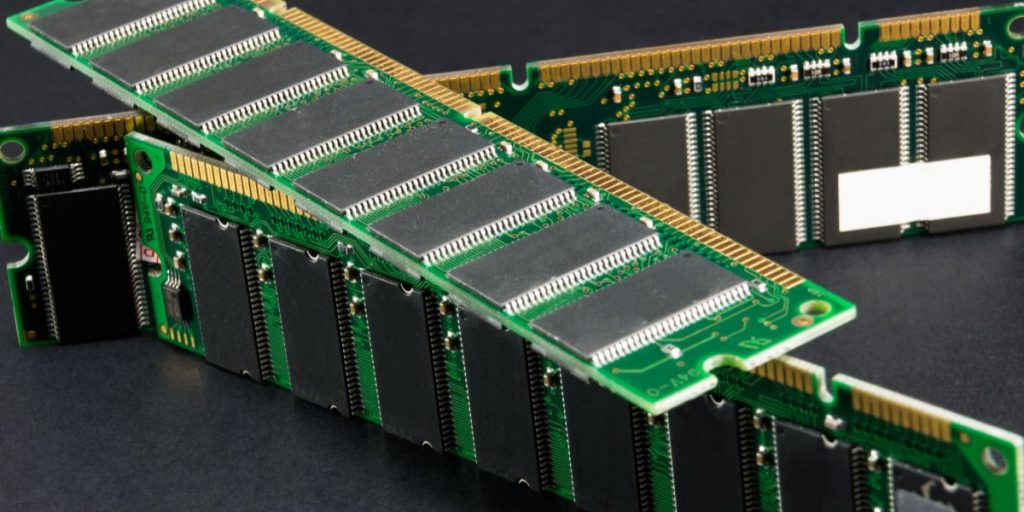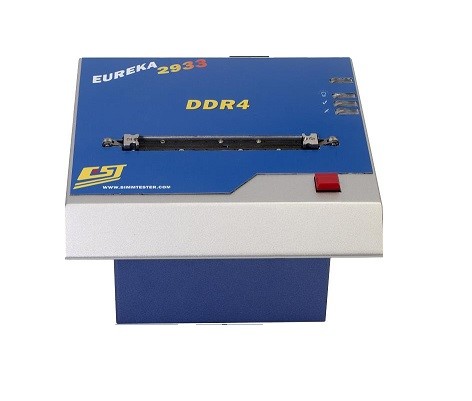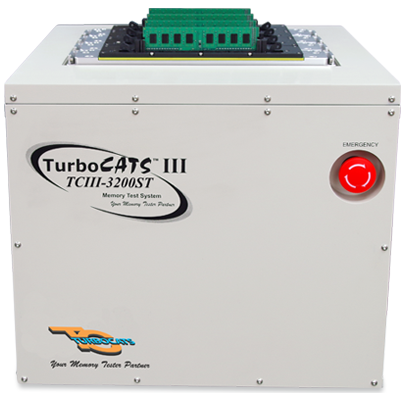Allion Labs | Joseph Lin
Since the invention of modern computers, memory has had an irreplaceable role in computer platforms. Memory can be divided into two categories: the internal memory and external memory. The internal memory, also called the “main memory” or “memory”, is the storage space that can be directly addressed by the central processing unit (CPU). The most important function of the internal memory is to temporarily store and retrieve the data to be processed by the CPU. The external memory refers to a storage medium with a slower access speed than memory from inside the computer, such as a hard disk drive (HDD) or a solid-state drive (SSD). The operating system and various software programs we usually use are stored in the external memory.
The internal memory plays a role in the computer platform as a bridge between the CPU and external memory. In computer architecture, the CPU is extremely fast, but the storage speed of the HDD or SSD is quite slow. Therefore, a fast buffer device is needed between the CPU and external storage memory. When the CPU processes data, the data to be processed later is taken out from the external storage memory and temporarily stored at fast buffer device. When the CPU needs to process the temporarily stored data, it is quickly transferred to the CPU to reduce the waiting time in the middle. Main memory plays an integral role in the computer platform.

Main memory is the bridge between the central processing unit (CPU) and external memory
In modern computer platforms, the main memory must have the characteristics of fast operating speed and expandable capacity, so it mostly exists in the form of memory modules, such as dual in-line memory modules (DIMMs), composed of multiple memory chips.

DIMM Reliability Validation
In recent years, speed has become the focus of data processing because data volume has grown in size. Also, the speed and capacity of memory modules have increased. The highest DDR4 memory specification published by JEDEC has reached DDR4-3200, and the single capacity of the DDR4 memory module has also risen to 256GB.
As the speed and capacity of DIMMs grow, the reliability of memory modules becomes increasingly important. If the reliability of the memory module is insufficient, either the computer will crash, or the data will have errors or be corrupted.
The reliability validation of the DIMM can be divided into 4 main directions:
1. Assembly Test
Basic read and write tests are performed on the assembled memory module (DIMM) to check whether the function of each pin of the module is normal.
| Test Patterns | Walk Address Test (Address Line Test) |
| Walk Data Test (Data Line Test) |
|
| CS Test | |
| CKE Test | |
| DQM Test | |
| DQSN Test | |
| ODT Test |
2. Functional Test
If the memory module passes the assembly test, the functional test will take place. During the test, each memory chip on the module will undergo write and read tests with various data loads. We check whether the performance of each chip is normal.
| Test Patterns | MATS | MARCH_M |
| MATS+ | MARCH_U | |
| MATS++ | MARCH_X | |
| MARCH A | MARCH_Y | |
| MARCH B | Moving Inversion (MOVI) | |
| MARCH C | Checkerboard | |
| MARCH G | Hammer Read (Hammer Test) |
3. SPD Programming Test
Write and read tests are performed on the Serial Presence Detect (SPD) chip to check whether the SPD chip is functioning normally.
| Test Patterns | SPD Read Test |
| SPD Write Test | |
| SPD Verify Test | |
| SPD Address Test | |
| SPD Event Test | |
| EEPROM ID Check |
4. 4-Corner Test
Voltage and temperature of the memory module are adjusted to the limit to understand the performance of reliability under the extreme states. There are four different temperature and voltage combinations:
- Temperature range: Low temperature and high temperature
(Test temperature depends on product specifications and application scenarios) - Voltage range (DDR4): Low voltage and high voltage
(Test voltage depends on product specifications and application scenarios) - Integration test of the whole system
Aside from the tests for specific hardware mentioned above, we must consider the various applications of the DIMM to properly conduct another important test: the integration test after the DIMM installation. This includes the Performance Test and Stress/Stability Test under different installation combinations (DPC, DIMM per Channel). Moreover, when there are specific validation needs, it is necessary to adjust the direction of verifications and customize test patterns to meet the vendor’s exact reliability validation requirements.
Allion Labs Memory Module Testing and Validation Service
Presently, DDR4 memory modules are the mainstream in the market. Allion has two DDR4 test platforms to perform reliability validation services for DDR4 UDIMMs and RDIMMs. In addition, Allion’s comprehensive system validation capabilities can provide integration tests that satisfy your pursuit of higher product quality.
- CST Eureka 2933 DDR4 Memory DIMM Module Tester

- TurboCATS TCIII-3200ST DDR4 DIMM Module Tester

For more information on reliability validation services for DDR4 UDIMMs and RDIMMs, please contact: service@allion.com






































